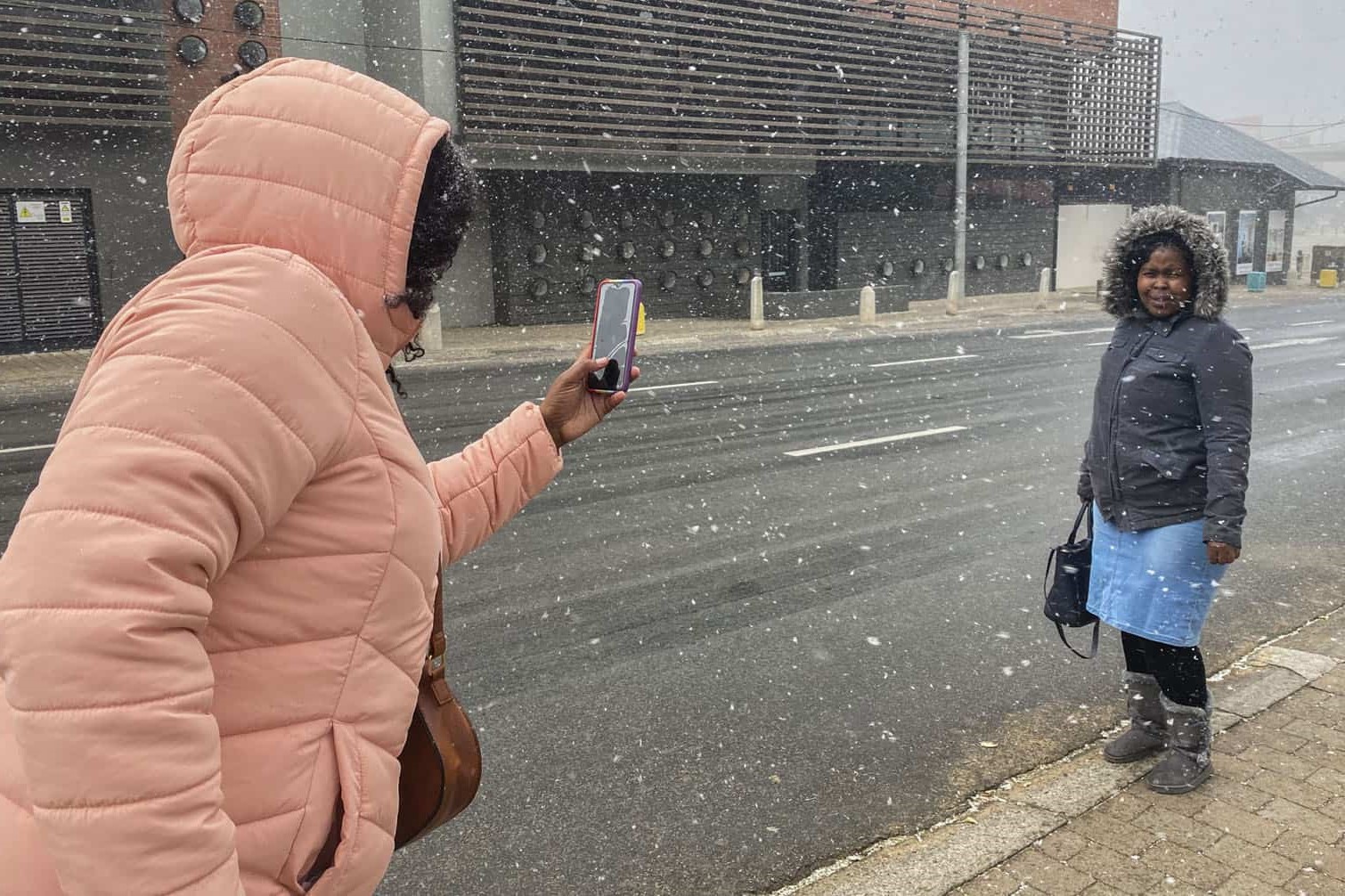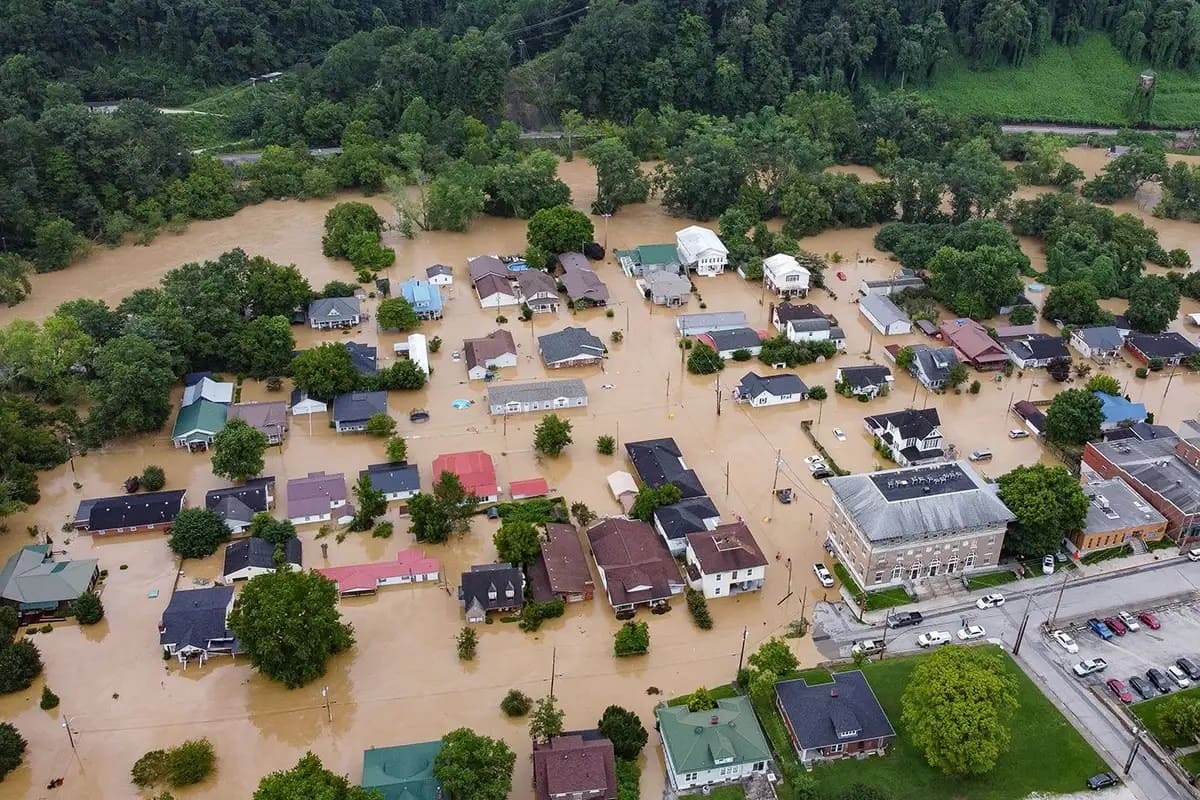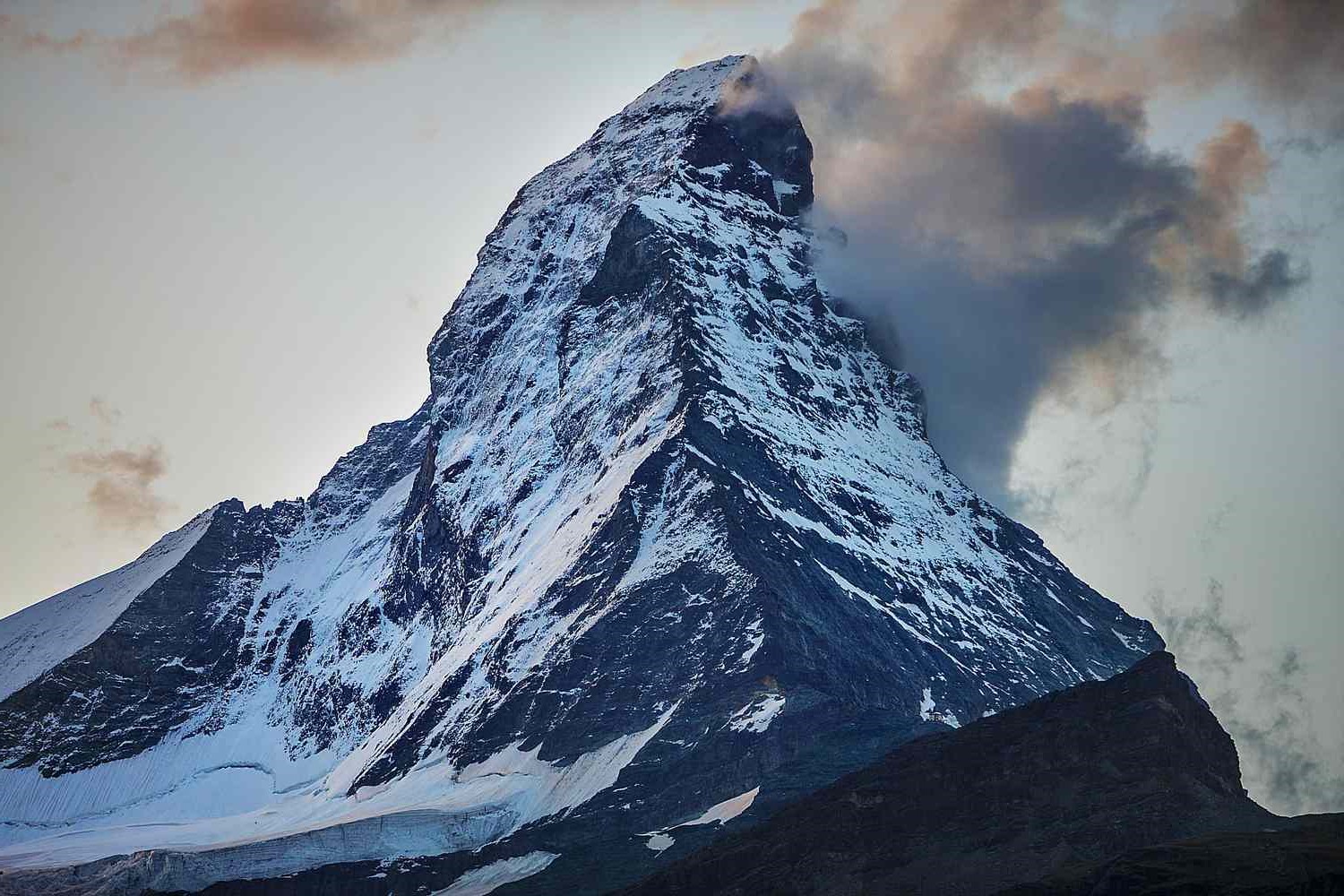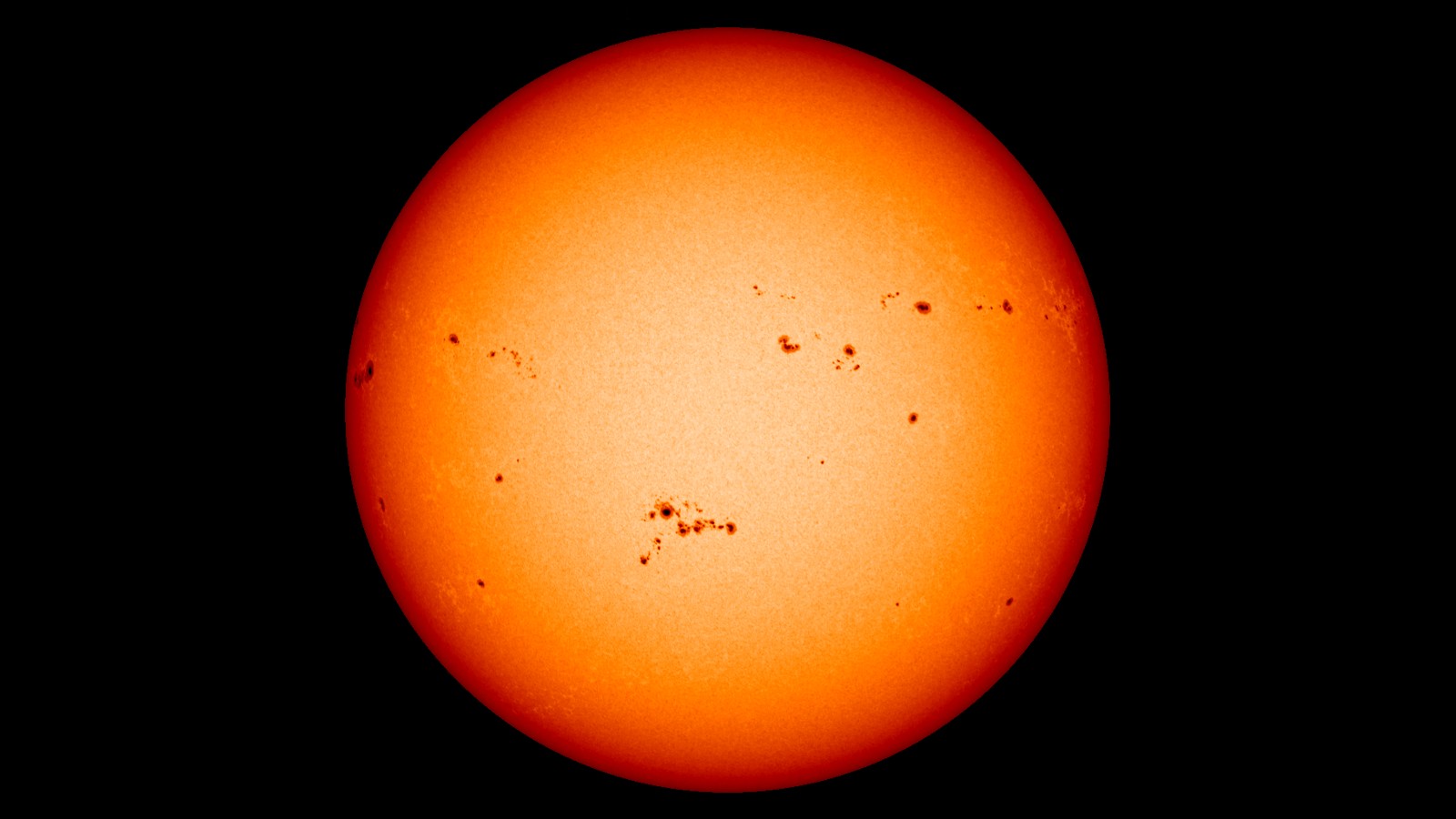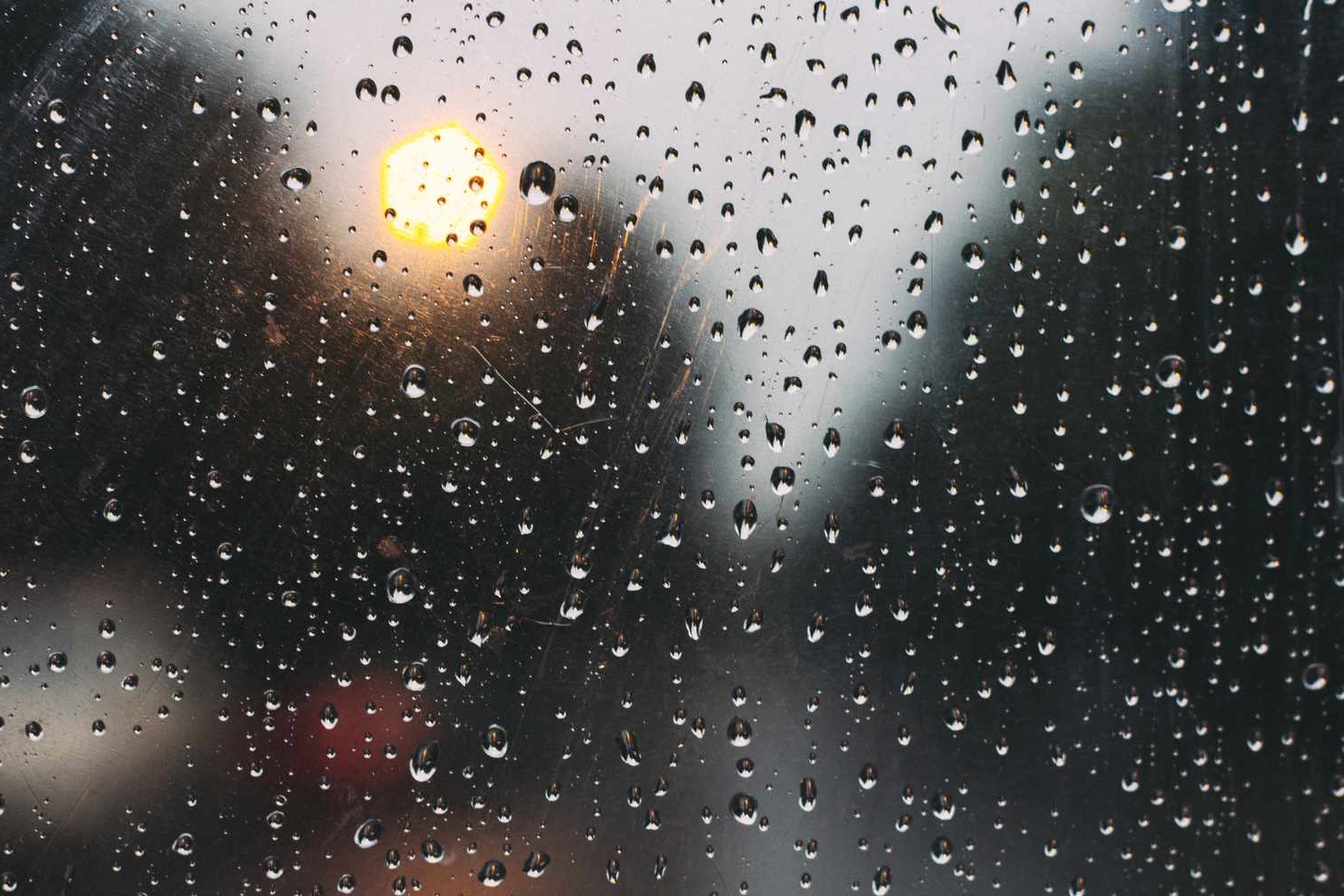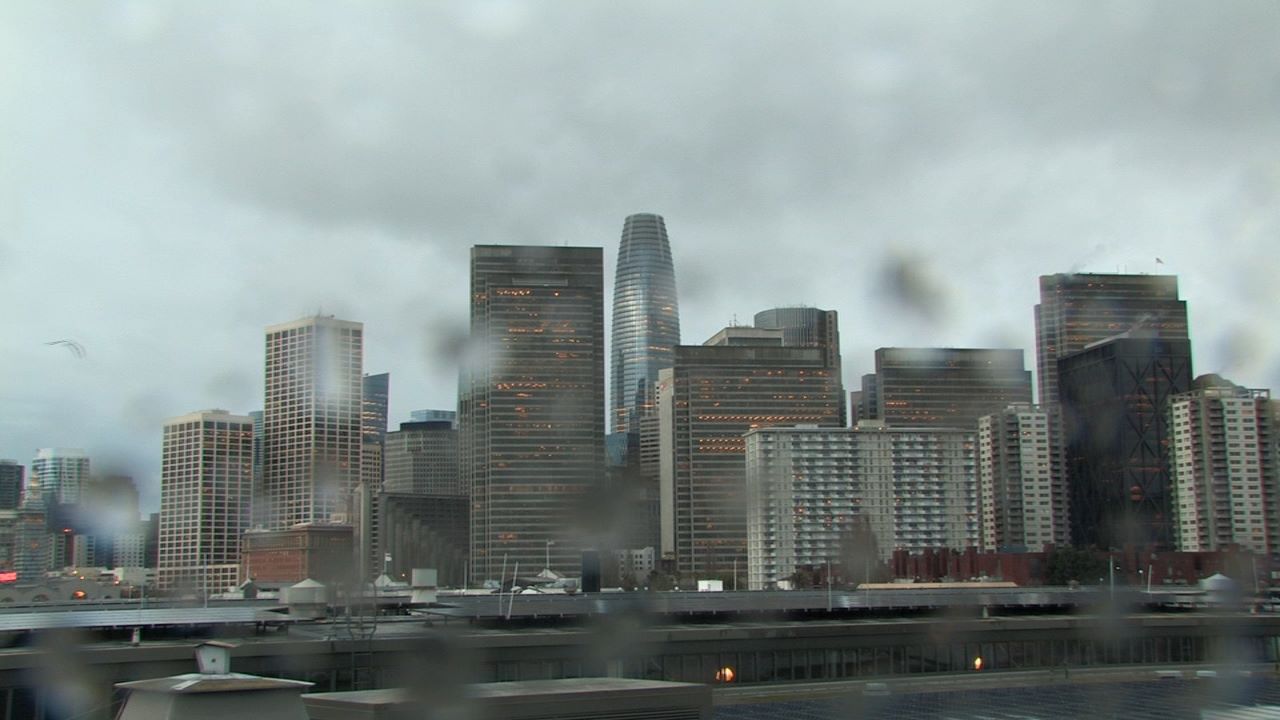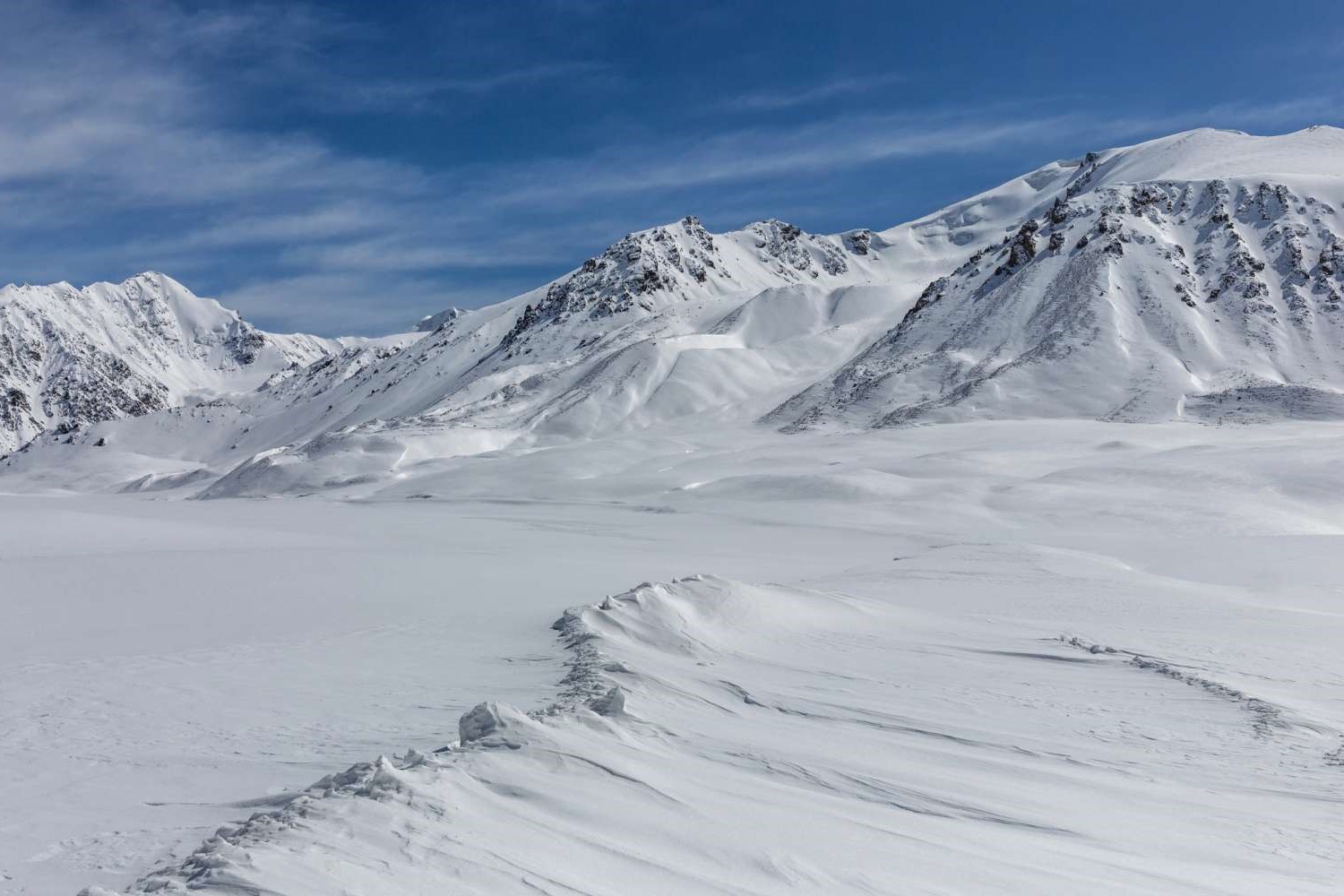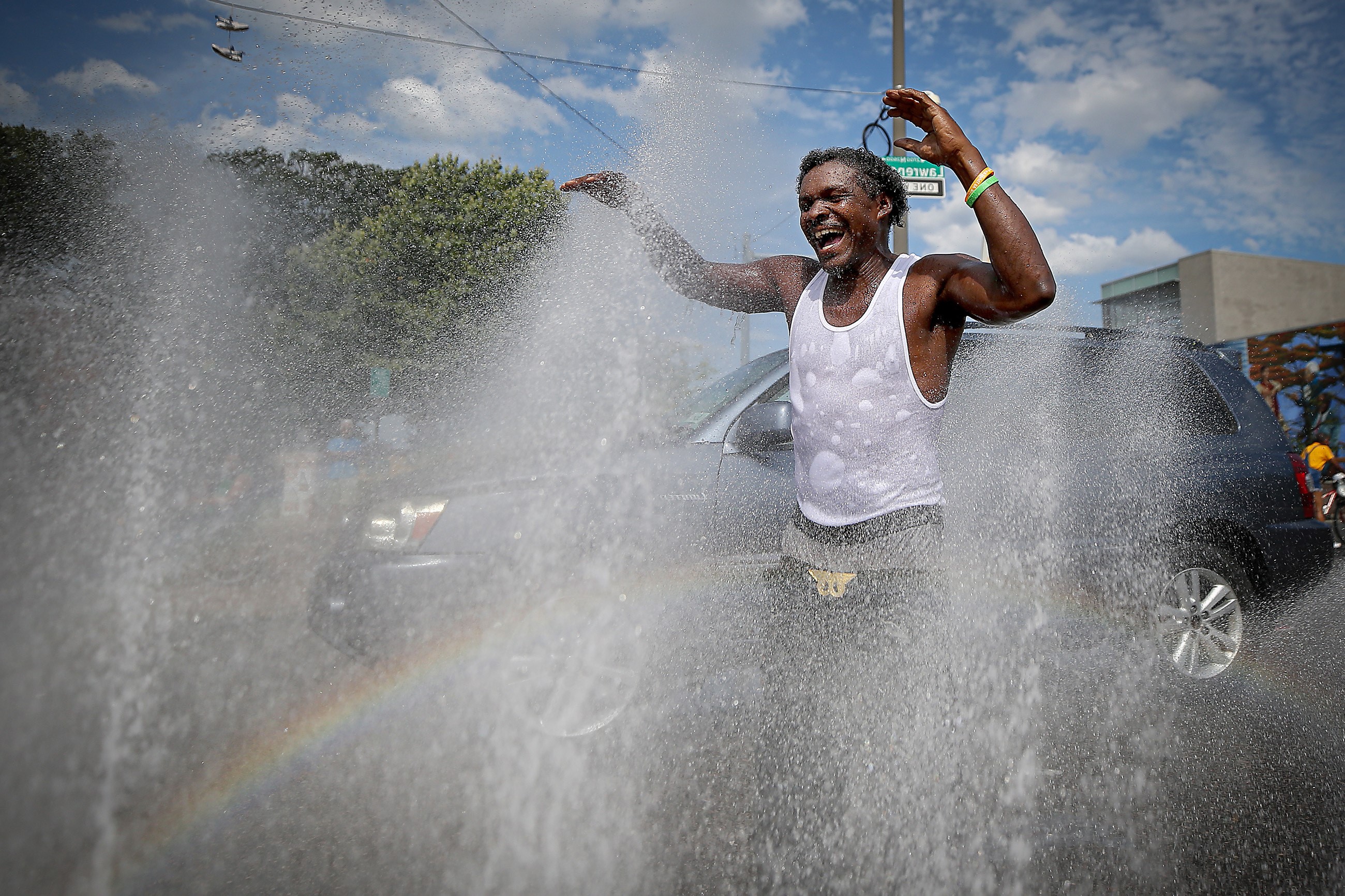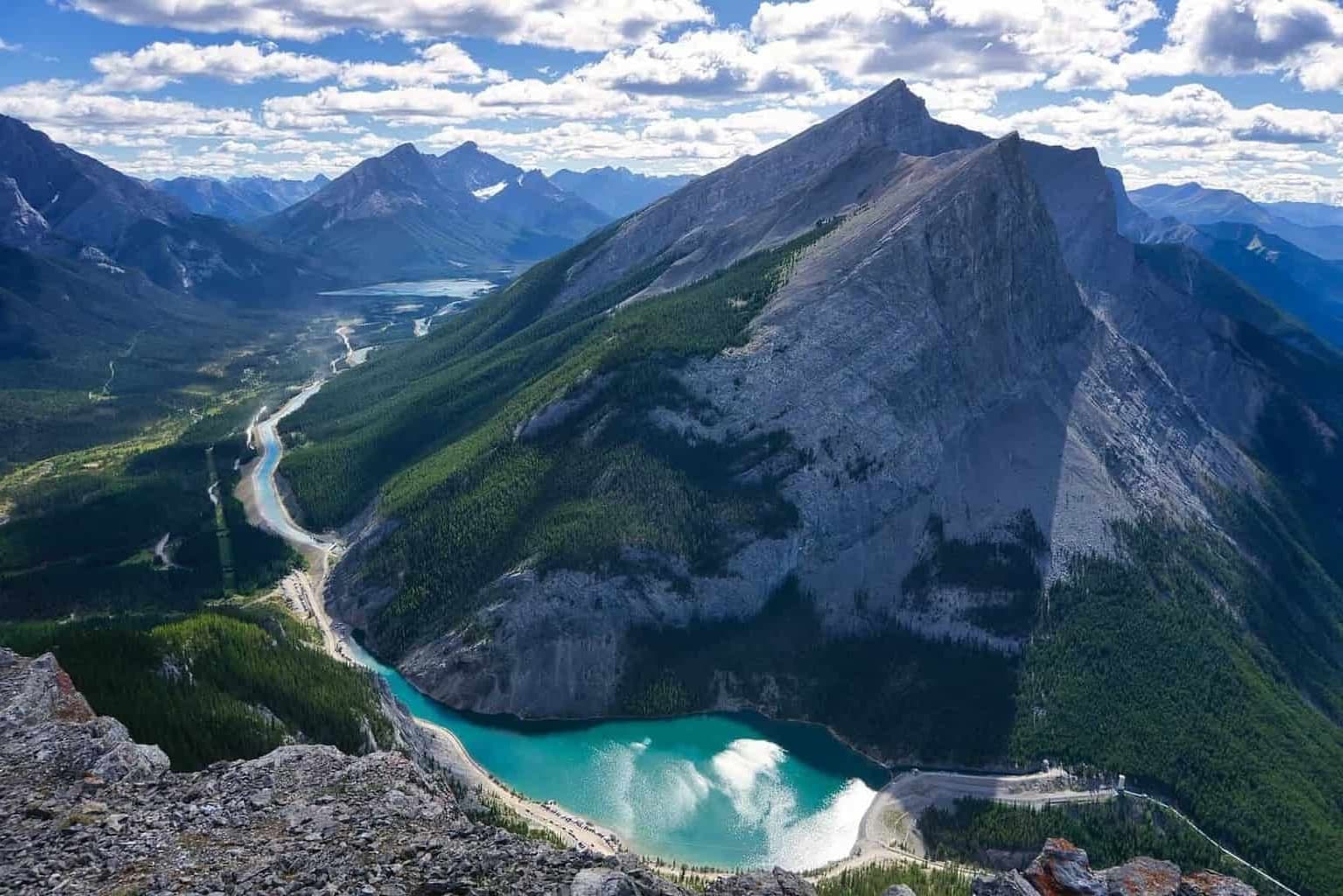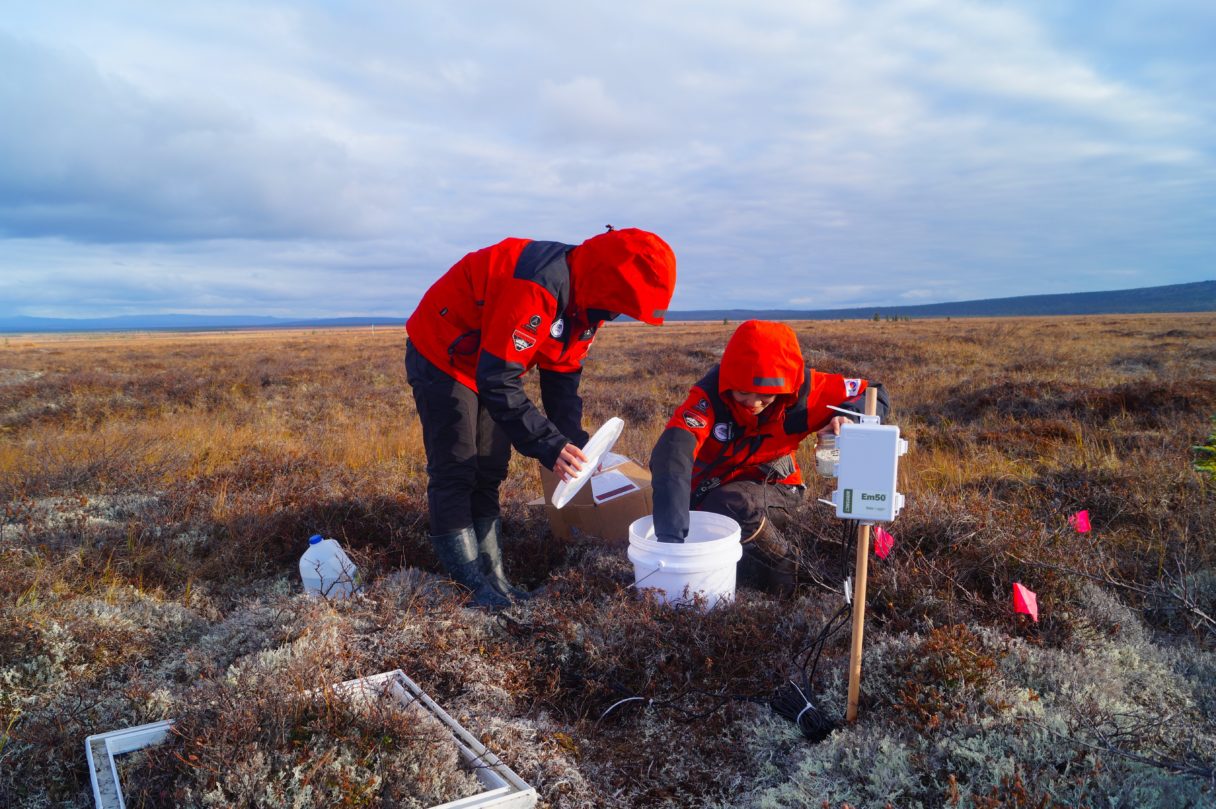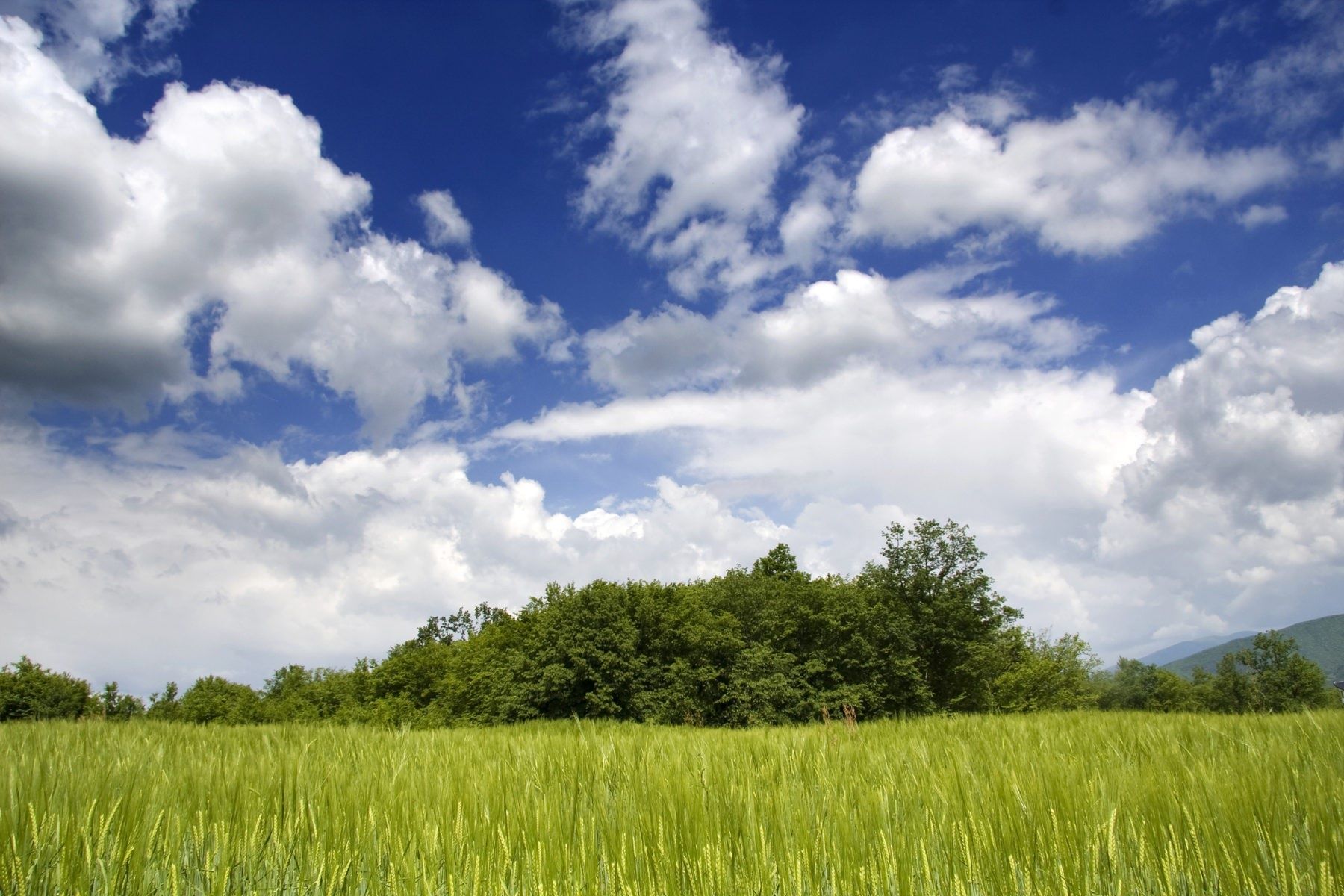Home>Weather and Climate>How Weather Fronts Impact Local Climate Patterns
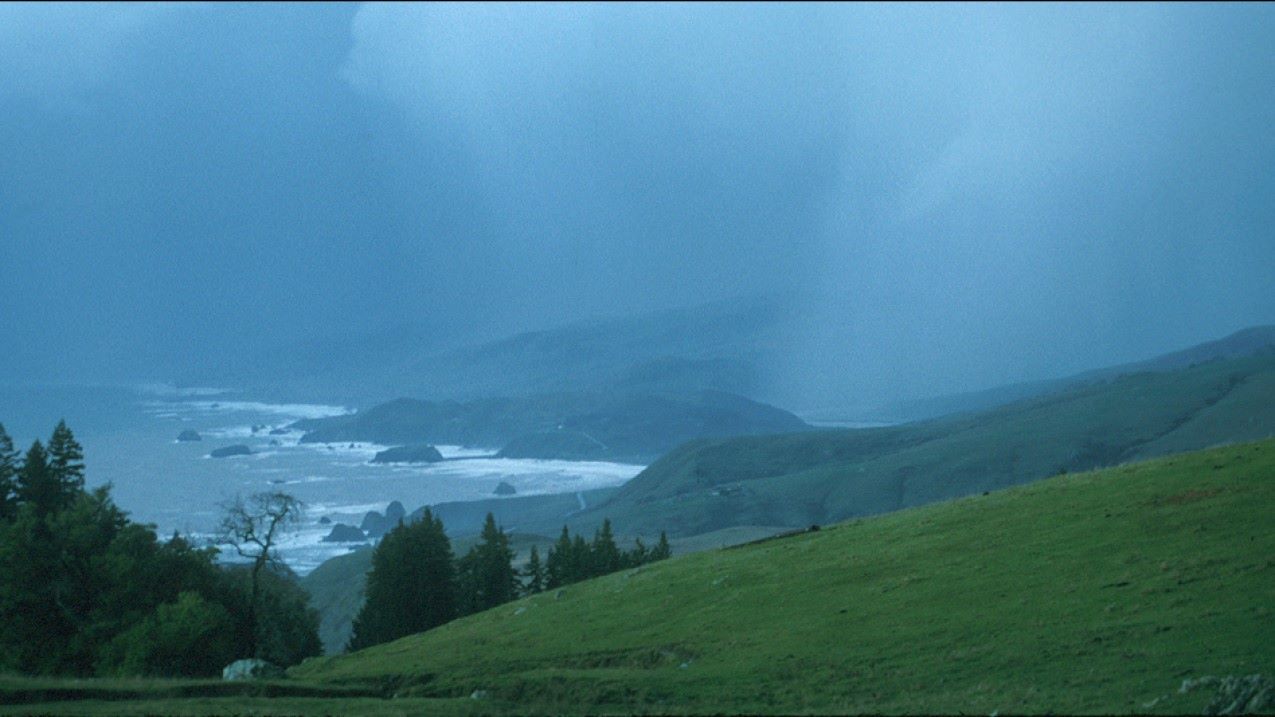

Weather and Climate
How Weather Fronts Impact Local Climate Patterns
Published: August 13, 2024
Explore the impact of different weather fronts on climate and conditions with this comprehensive guide. Understand the types and effects for better weather awareness.
(Many of the links in this article redirect to a specific reviewed product. Your purchase of these products through affiliate links helps to generate commission for Temperatures.com, at no extra cost. Learn more)
Weather fronts, those boundaries separating air masses of different densities, always fascinate me. I've learned that understanding them can really help predict local weather patterns. So, let's dive in.
Cold fronts, for instance, are where colder air pushes warmer air upward. This often leads to thunderstorms or even cooler, clearer skies afterward. I find the rapid temperature drop and sometimes dramatic storms quite exhilarating.
Warm fronts, on the other hand, bring warmer air that slides over cooler air. This usually results in light rain or clouds as the front approaches. I love the gradual increase in temperature and the way the sky slowly clears after a warm front passes.
Stationary fronts are where neither air mass is strong enough to replace the other. This can lead to days of cloudy, wet weather. For me, it's like nature's pause button, a reminder to slow down and enjoy the sound of rain.
Occluded fronts occur when a cold front catches up with a warm front. This can lead to complex weather patterns, including cool temperatures and precipitation. I'm always intrigued by the unpredictability of weather during an occlusion.
Understanding these fronts helps me appreciate the dynamic nature of our atmosphere. Weather isn't just about sunny or rainy days; it's a complex, ever-changing system that affects us all.
